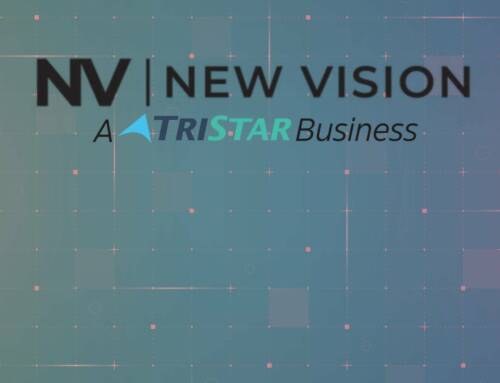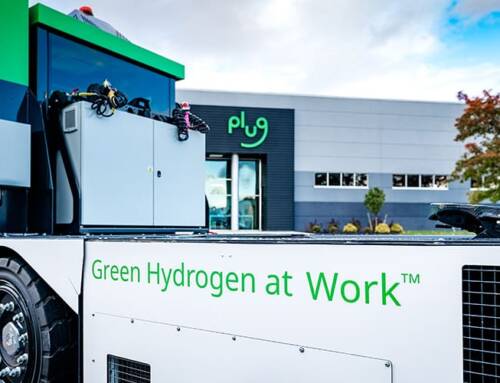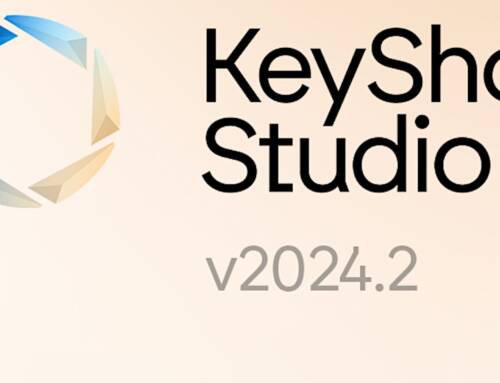October 30, 2024
5 Key Advantages of a Comprehensive PLM Assessment
READ TIME: 4 MINS
Implementing and optimizing product lifecycle management (PLM) systems can be complex, often involving multiple stakeholders and touching every aspect of the product development process. Without a clear understanding of the challenges and opportunities, organizations risk inefficiencies, misalignment, and even costly errors. This is where a comprehensive PLM assessment becomes invaluable.
By thoroughly evaluating your current PLM environment, you can identify risks, uncover unknowns, and confirm your processes are aligned with industry best practices. A PLM assessment can also help you achieve cross-departmental alignment and facilitate the organizational change necessary for successful PLM implementation.
1. Realigning enterprise goals to true PLM
Too often, PLM implementations fall short of their potential due to a lack of strategic alignment with broader business objectives. An assessment helps realign your PLM strategy with your enterprise’s goals, ensuring that you’re collecting the right metrics and using PLM as a tool for growth.
Understanding what “true” PLM should accomplish is crucial. PLM isn’t just about managing files or tracking revisions. It’s about fostering collaboration across the entire product lifecycle, from concept to end of life. When your PLM system is optimized to support these goals, it becomes a powerful return on investment (ROI) driver.
Conversely, suboptimal implementations fail to deliver the full value of your investment. A comprehensive assessment reveals gaps in your current implementation and provides a tailored strategy to close them so your PLM system is equipped to deliver scalable, long-term results.
2. Reducing risks
A robust PLM system mitigates risk but only if properly configured and aligned with your organization’s processes. Legacy beliefs about how PLM should function often lead to outdated practices, untrusted data, and disconnected processes. These issues introduce inefficiencies and increase the potential for costly errors.
An assessment helps identify and eliminate slow, manual, redundant, or ineffective processes that introduce risk into your product development lifecycle. For example, legacy systems may force your teams to rely on disconnected data silos, increasing the likelihood of errors during product handoffs. By pinpointing where these breakdowns occur, a PLM assessment can streamline data flows, guaranteeing your system is well-connected and optimized for modern workflows.
A comprehensive assessment also decreases your enterprise application footprint by removing or integrating overlapping systems, thereby reducing the complexity of your IT environment. This step alone can save substantial costs and improve operational efficiency by lessening maintenance burdens.
3. Ensuring cross-departmental alignment
A successful PLM system touches every department, from engineering and manufacturing to sales and service. However, without proper alignment between departments, PLM implementations often fall short of their potential. Cross-departmental alignment gets all stakeholders moving toward a common goal with a shared understanding of processes, data flows, and decision-making protocols.
During an assessment, key leads from each department are identified and involved in data modeling and process improvement (kaizen) activities. These leads must have the authority, knowledge, and willingness to make necessary changes. Productive debate between departments is encouraged, but decisions must benefit the entire organization, not just individual departments. This focus on the collective good is what drives PLM success across the enterprise.
4. Understanding industry best practices
Tools and methodologies enabling PLM are constantly evolving, yet industry-proven best practices, like CMII, have been established for decades and will always hold true. A comprehensive assessment ensures your organization is not only up to date but also leveraging proven methodologies to enhance your system’s performance.
For instance, separating project management activities from data maturity or decoupling design documentation management from physical part management are examples of best practices that are often overlooked. A PLM assessment highlights where your organization might be falling behind industry standards and helps you incorporate best-in-class strategies to drive performance improvements.
An assessment also keeps your PLM strategy aligned with evolving technologies, such as the integration of advanced analytics and automation systems. Staying on top of these trends is critical for maintaining a competitive edge in product development.
5. Facilitating organizational change
A common mistake organizations make is viewing PLM implementation as a one-time project. In reality, PLM is an ongoing journey of continuous improvement, and success requires a structure to support change.
A comprehensive PLM assessment goes beyond system optimization. It involves defining a strong organizational structure with clear roles and responsibilities for PLM governance, allowing ongoing improvements to be consistently implemented, monitored, and adjusted as needed.
The assessment process also promotes socialization across the organization, making PLM part of the culture rather than a standalone system. With clear governance and continuous improvement, your organization will be more adaptable to change, enabling PLM to remain a central part of your business strategy.
Driving long-term success
A PLM assessment is more than just a diagnostic tool. It’s a strategic investment in your organization’s future. By realigning your enterprise goals to true PLM, reducing risks, ensuring cross-departmental alignment, adopting industry best practices, and facilitating organizational change, a PLM assessment lays the foundation for long-term success in product development.
Links to Other Pages
- Maximizing Digital Transformation in Retail: 5 Key Strategies: Discover five essential strategies for leveraging digital transformation in retail to enhance customer engagement and operational efficiency.
- AI in Architecture: Revolutionizing Design and Construction: Explore how AI technology revolutionizes design and construction in architecture, driving innovation and improving project outcomes.
- KeyShot 10 Features—Overview: This is an overview of KeyShot 10 features, showcasing the latest advancements that elevate rendering and animation capabilities.
- ANSYS Simulation for Effective Engineering Analysis: Learn how ANSYS Simulation provides practical engineering analysis tools that enhance design accuracy and reliability.
- PLM System Implementation: 4 Keys Unlocking PLM Potential: Uncover four critical keys to successful PLM system implementation, maximizing your organization’s potential for innovation and efficiency.
TriStar PLM Solutions welcomes questions. Feel free to CONTACT US if you can’t find what you’re looking for, or call us at 800-800-1714











Leave A Comment